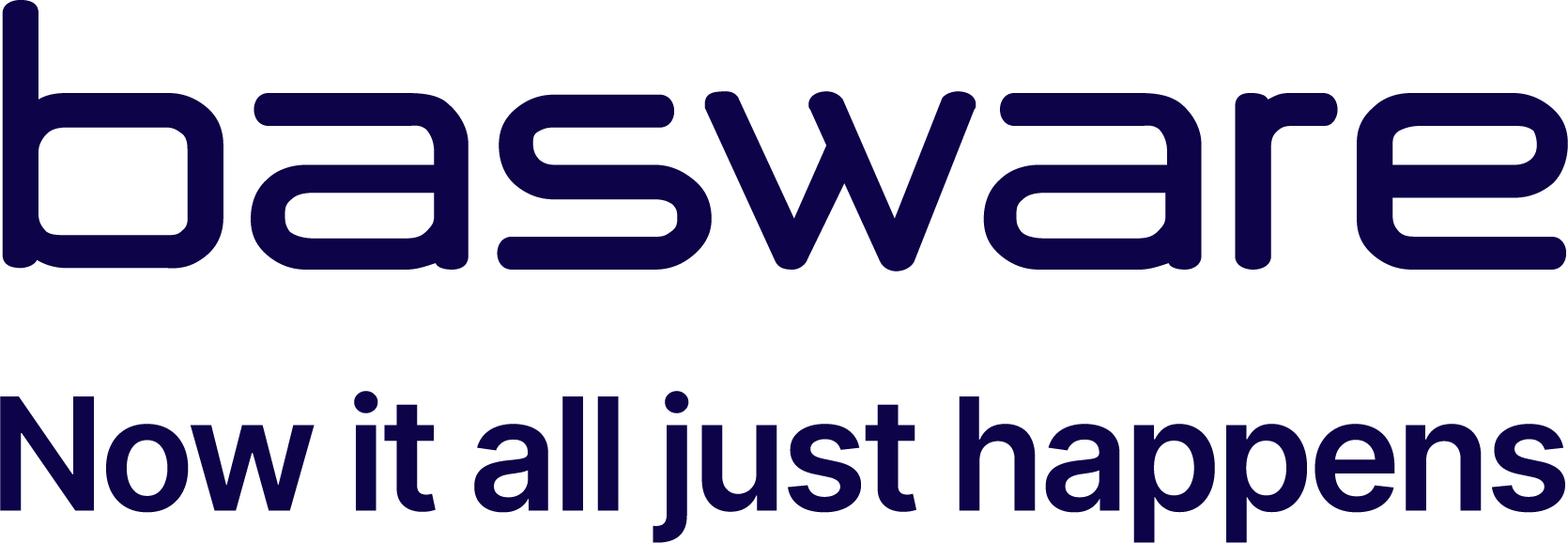HMRC’s approach to business compliance, as noted in their annual report, indicates that they consider that key areas of risk include overclaimed input VAT and under-declared output VAT.
The following are just some of the ways banks may overclaim input tax or underclaim output VAT:
- By incorrectly treating supplies as VAT exempt, when VAT should have been charged;
- Through errors in the operation of the bank’s partial exemption method for recovery of input VAT, including as a result of gaps in the method, or an out-dated method;
- When UK suppliers incorrectly charge VAT on supplies made to the bank, perhaps as a result of errors in determining the VAT treatment of outsourced services;
- As a result of the incorrect application of “reverse charge” VAT.
Source: BDO
Latest Posts in "United Kingdom"
- Understanding VAT: How It Works, Its Impact, and Options for Reform in the UK
- UK Tribunal Rules Locum Doctor Supplies via Agencies Are VAT Exempt for NHS Trusts
- VAT Rules for Workwear, Uniforms, and Staff Clothing: What Businesses Need to Know
- Understanding E-Invoicing: Benefits, Challenges, and the Future for UK Businesses and Government
- How Overseas Businesses Can Reclaim UK VAT: Eligibility, Deadlines, and Key Conditions















